Dreamscape
The surge protectors needed replacement after the Hofesh Shechter Company’s concluded four nights performing “Theatre of Dreams” at the Powerhouse: International festival in Gowanus, Brooklyn.
Continue Reading
World-class review of ballet and dance.
Astonish me,” said impresario Serge Diaghilev to choreographers, composers and collaborators of his famed Ballets Russes, the bespoke company that reigned supreme from 1909 through 1929. And so it was that during this year—with two wars raging and Covid strains still running rampant amid a world seemingly going mad—there was a boatload of fabulous dance in the City of Angels that managed to, well, astonish this writer.
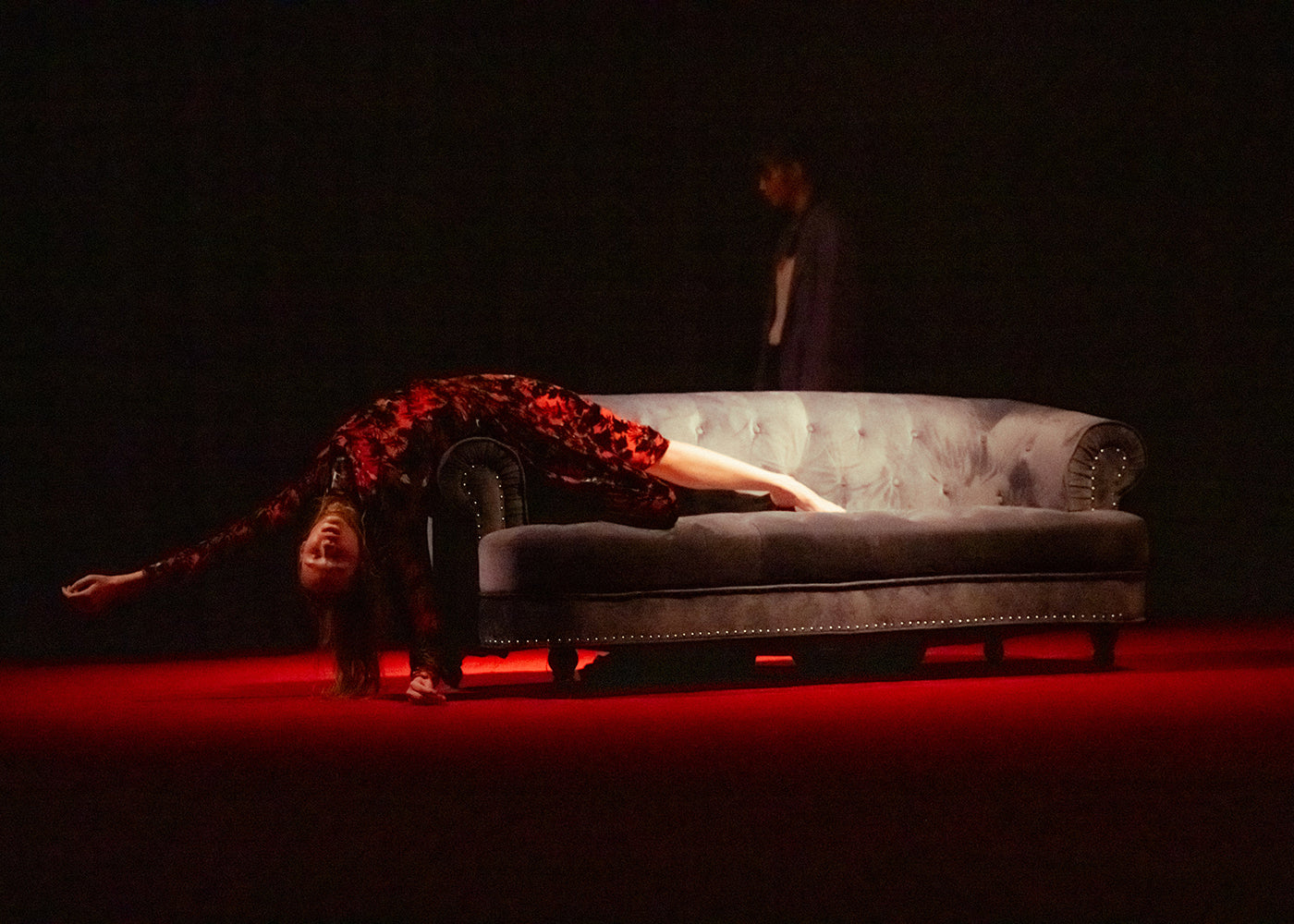
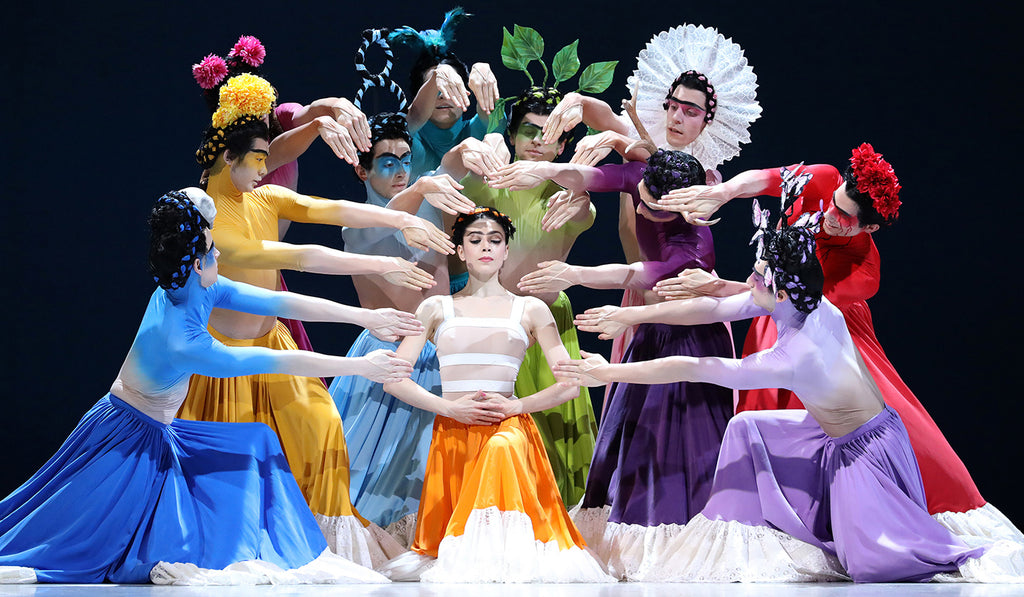
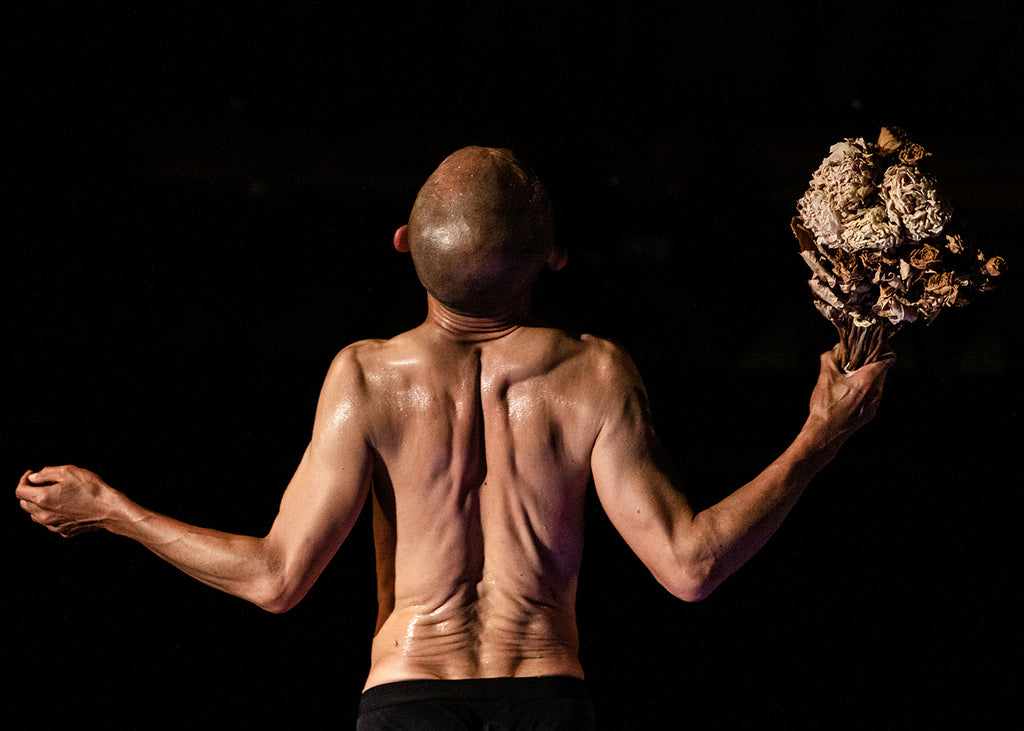

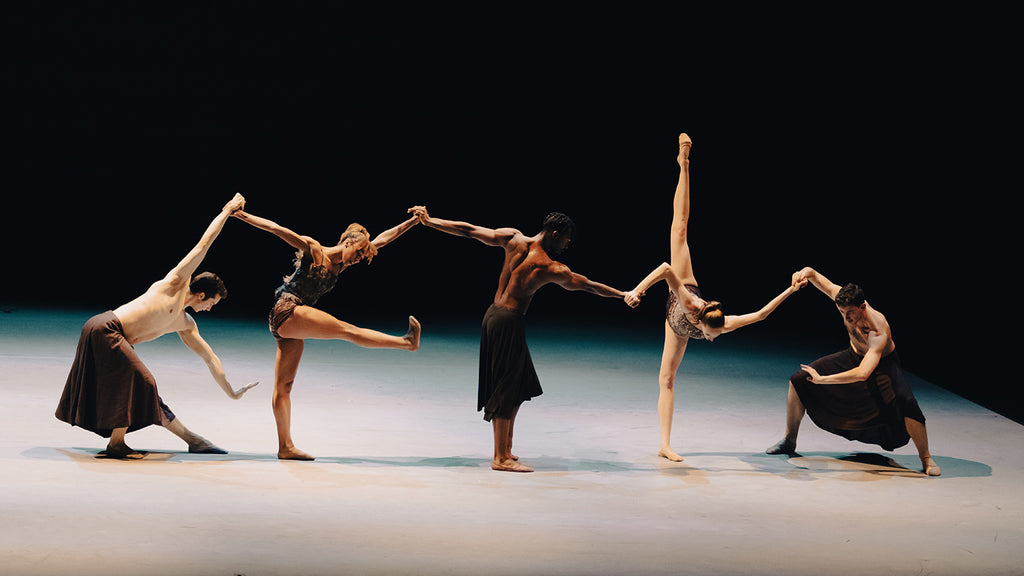
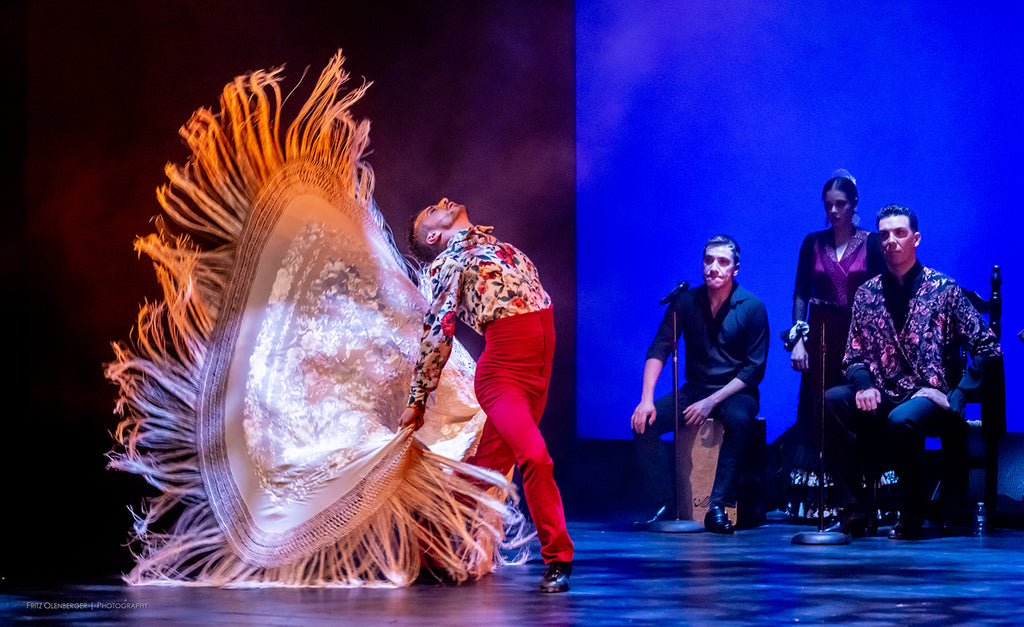
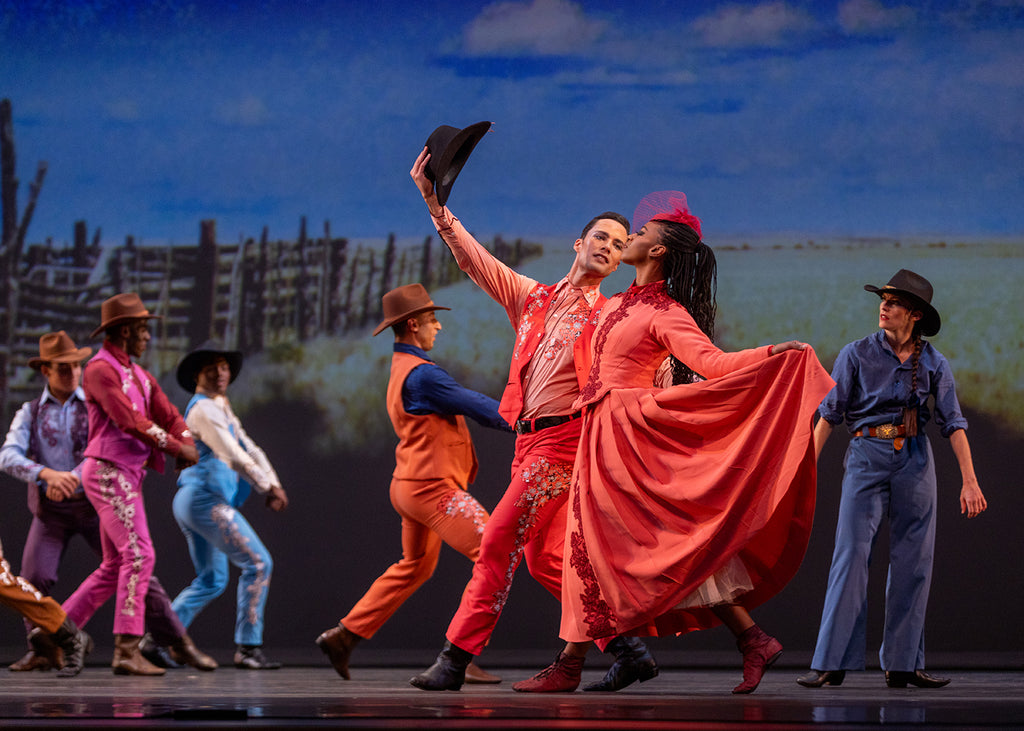
The surge protectors needed replacement after the Hofesh Shechter Company’s concluded four nights performing “Theatre of Dreams” at the Powerhouse: International festival in Gowanus, Brooklyn.
Continue ReadingIn the 1996 comedy Multiplicity, Michael Keaton plays a man who decides to clone himself several times over in order to meet the demands of work and family. Chaos ensues. On November 14, San Francisco Opera premiered “The Monkey King” by Huang Ruo and David Henry Hwang. While the narrative features chaos, the line drawn between the 30-year-old film and this new opera is that the titular Monkey King is played by three performers; or one singer, one dancer, and a puppet; or, six performers total, because the puppet Monkey King requires three puppeteers. The Monkey King is an agent...
Continue ReadingIf classical ballet training—from Vaganova to Cecchetti—idealises effortlessness, silence, and a body almost freed from its own weight, modern dance insists on the opposite: the blunt truth that we are made of flesh and bone, and that this matter can itself become an instrument of power.
Continue ReadingTides and the gravitational pull of the moon informed the latest work of Denison University of Ohio dance faculty members Marion Ramirez and Ojeya Cruz Banks.
Continue Reading
Thank you for this fun wrap-up. I always tell students to use colorful verbs to describe dance, and you’ve packed in the verbs. You’ve also given me a hit of all the things I missed on the other coast. Tnx much.